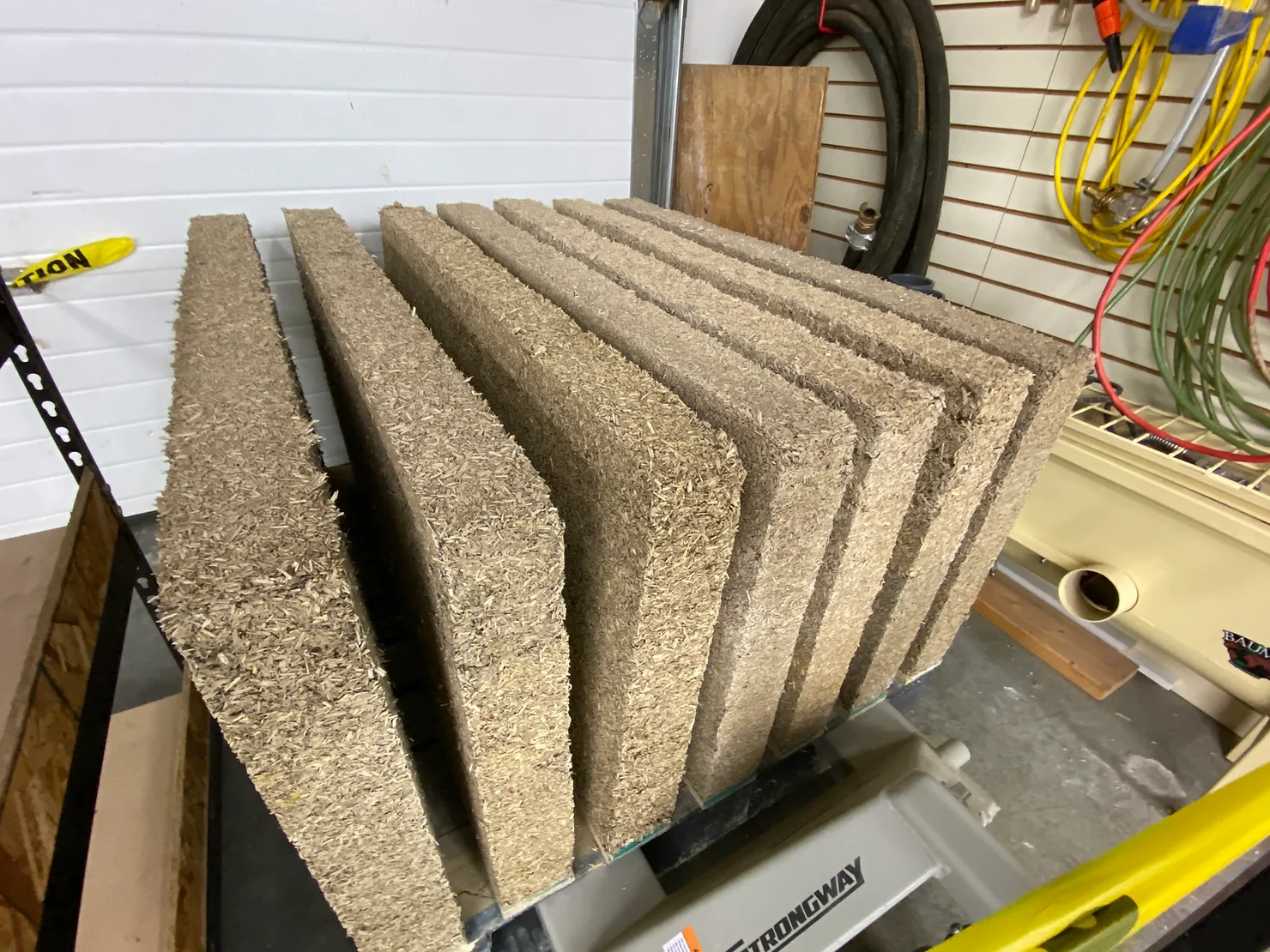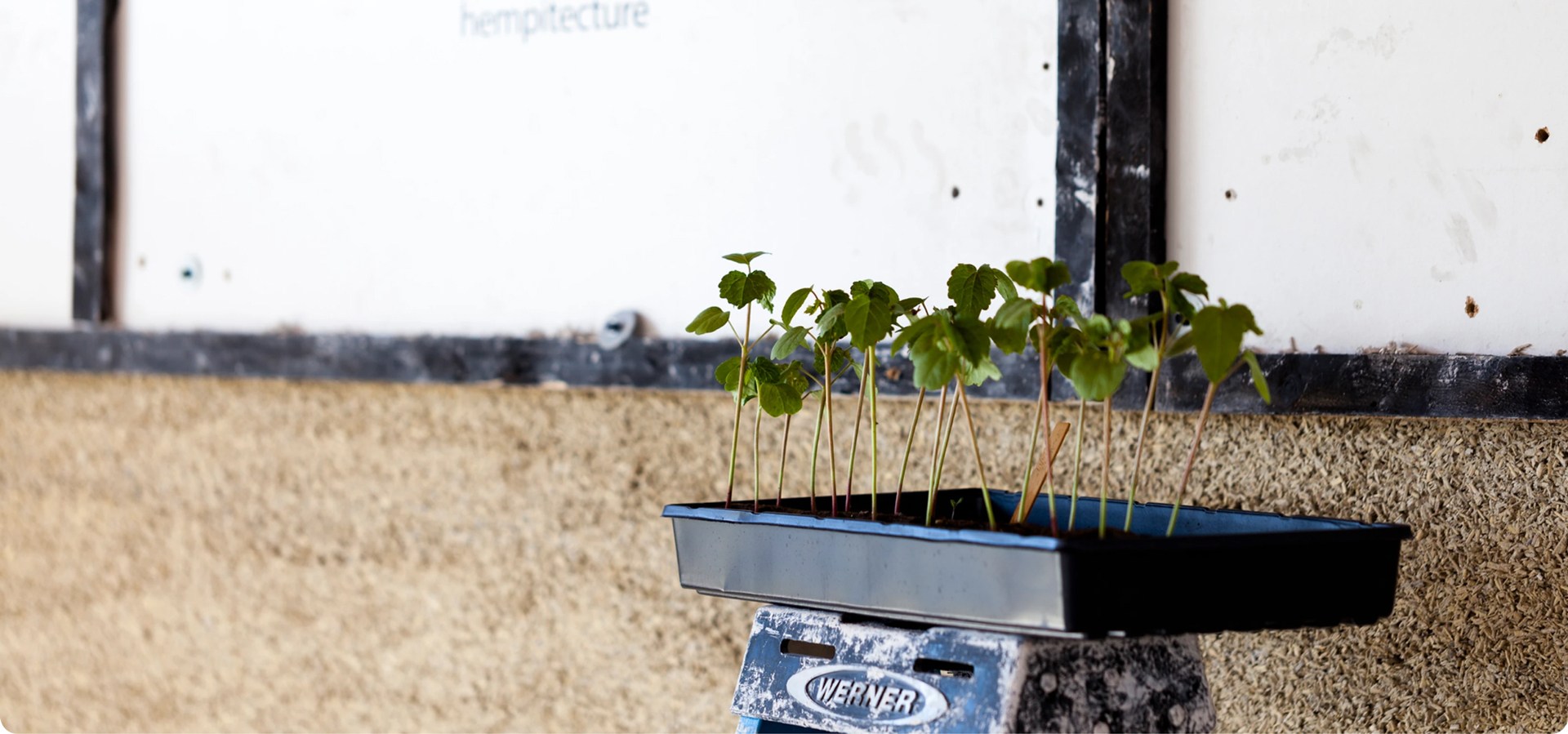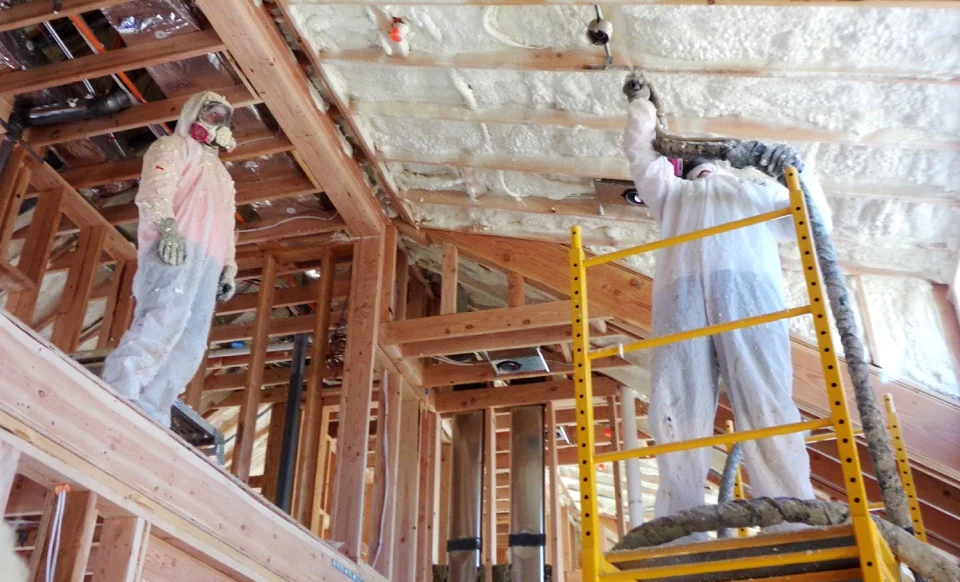Hemp, one of the earliest domesticated plants known to humankind, holds a profound significance for Native American communities. It was a staple for centuries, valued for its diverse uses in traditional craftsmanship, medicine, and textiles. However, the broader historical relationship between hemp and Native Americans reflects more than just utilitarian value. It’s a story of cultural resilience, environmental harmony, and economic potential.
Celebrating Indigenous People’s Day
In honor of Indigenous People’s Day this year, Hempitecture is proud to celebrate by giving back to Idaho’s Shoshone-Bannock Tribe. For every 10 pallets of insulation sold between October 10th – 20th, we will donate a pallet to support Idaho’s Shoshone-Bannock Tribe and their construction project needs. (Community Centers, Residential and Economic Development buildings)
Hemp has deep historical roots within Native American culture, and we want to honor this heritage by contributing to projects that support and strengthen tribal communities. It’s our way of showing gratitude for the longstanding connection between Indigenous peoples and hemp, and contributing to a sustainable future.
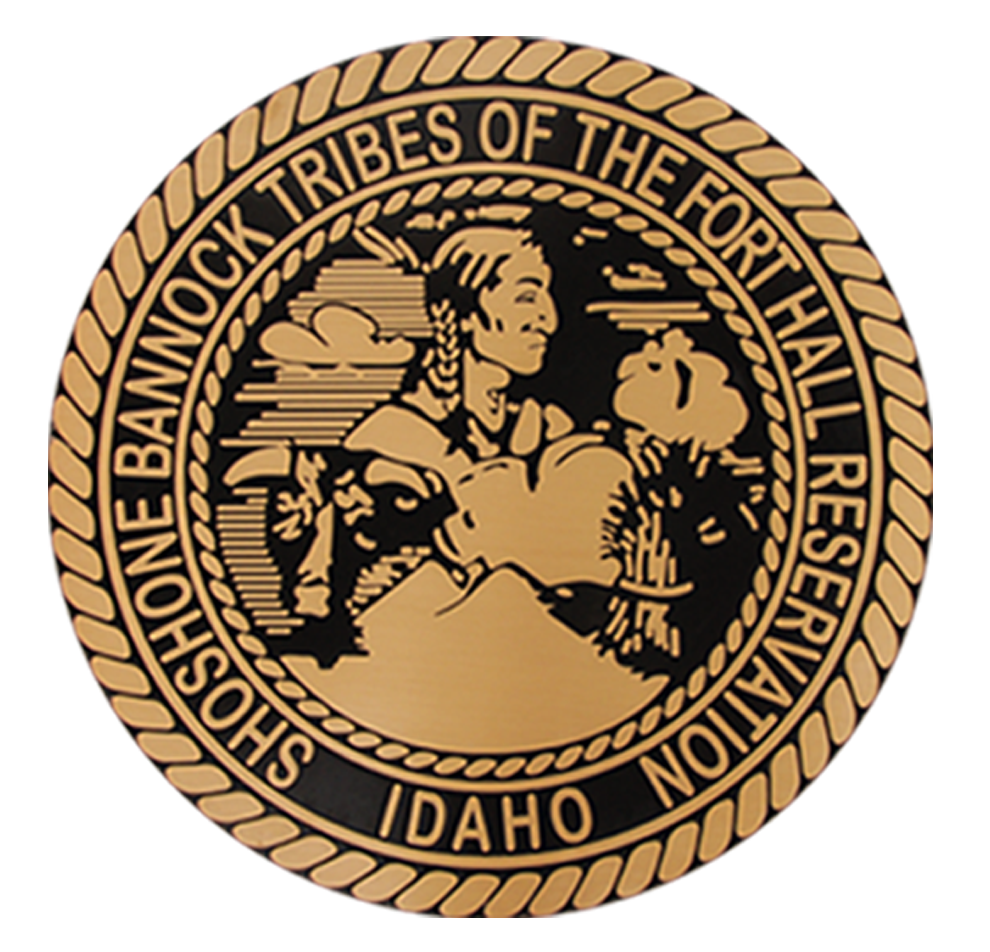
A Historical Relationship with the Land

For Native American tribes, the land and its resources have always been sacred. The deep respect for nature and a sustainable way of living permeates their cultures. Hemp, a highly versatile and environmentally friendly crop, fits seamlessly into these principles. Long before European settlers arrived on the continent, many indigenous groups had established sustainable agricultural practices that incorporated wild plants such as hemp. They used it to weave textiles, craft fishing nets, and create strong cords. The plant’s fibers were central to daily life, woven into baskets and clothing, and the seeds often played a role in traditional diets and medicines.
Hemp’s growing cycle, which improves soil health and requires fewer pesticides than other crops, aligns well with Native American land stewardship practices. Unlike modern industrial agriculture, Native communities traditionally cultivated the land in harmony with nature, utilizing techniques that avoided exhausting the soil. Hemp’s natural resilience to pests and its ability to rejuvenate the earth mirrored the indigenous approach to maintaining ecological balance.
The Shoshone-Bannock Tribe
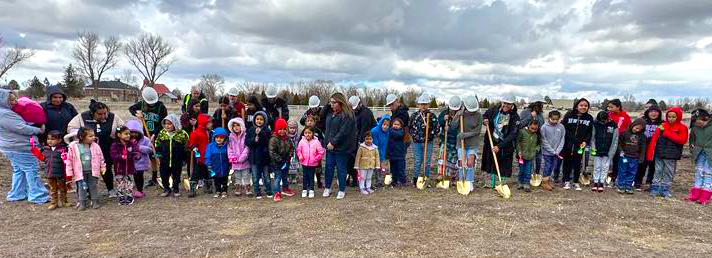
A Native American tribe located in southeastern Idaho, primarily on the Fort Hall Reservation – The tribe is composed of two distinct cultural groups: the Shoshone, traditionally known for their nomadic lifestyle across the Great Basin and Snake River Plains, and the Bannock, who share close linguistic and cultural ties with the Northern Paiute. Both groups have a rich history rooted in hunting, fishing, and agriculture, with a deep spiritual connection to the land. Today, the Shoshone-Bannock Tribe plays a vital role in the region’s economic development, environmental stewardship, and cultural preservation, while also operating numerous businesses, including gaming, hospitality, and agricultural ventures that provide opportunities for their community. The tribe remains dedicated to sustaining their cultural heritage and advancing self-sufficiency through a balance of traditional values and modern enterprises.
Hemp and Cultural Revival
With the passage of the 2018 Farm Bill, which federally legalized hemp cultivation, many Native American tribes saw an opportunity to reintroduce this versatile crop. These initiatives represent more than just economic development—they signify a reclaiming of cultural heritage. Hemp’s reintroduction into Native communities is an empowering step toward self-sufficiency, as it provides a sustainable crop that can be used for food, clothing, building materials, and medicines, all while contributing to environmental restoration.
Hemp cultivation on Native lands is especially promising because it aligns with traditional values of sustainability. The carbon-negative nature of hemp production is an added benefit, making it a forward-thinking solution for tribes looking to engage in environmentally conscious development. In this way, hemp offers Shoshone-Bannock communities an opportunity to build local industries that are not only economically viable but also environmentally restorative. Help us honor Indigenous People’s Day this year by purchasing sustainable insulation for your build!
As the demand for eco-friendly alternatives continues to grow, Native American tribes have a unique opportunity to position themselves at the forefront of this industry. This, in turn, creates opportunities for tribal governments to forge new partnerships, both within and beyond their communities.
Hemp and Environmental Justice
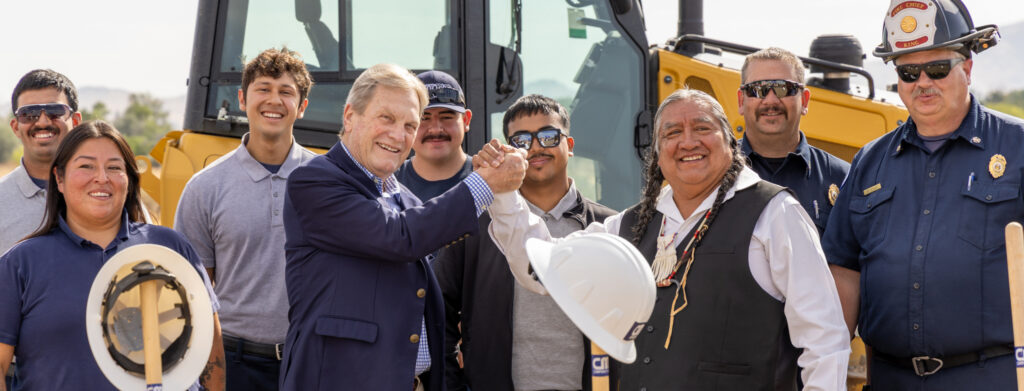
Native American communities have long been on the front lines of environmental justice movements. Issues like land degradation, water contamination, and the impacts of climate change disproportionately affect indigenous populations, many of whom live in environmentally vulnerable regions. Hemp can play a critical role in addressing these challenges.
The environmental benefits of hemp are extensive. Its ability to sequester carbon, improve soil health, and grow in a wide range of climates makes it a powerful tool for restoring ecosystems that have been damaged by industrial practices. For Native communities, whose ancestral lands have often been compromised by pollution or poor agricultural practices, hemp represents a way to heal both the land and the people who depend on it.
Many tribes are also using hemp to address housing shortages through sustainable construction. By promoting hemp-based construction, Native communities are not only addressing immediate housing needs but are also leading by example in the transition to more sustainable building practices.
Hemp’s resurgence is a form of cultural revitalization. As Native communities work to preserve and restore their traditions, hemp provides a tangible link to ancestral practices while also offering modern-day solutions to pressing social and environmental challenges. Check out Healthy Materials Lab + Winona Laduke discussing how it can help create social and housing equity on reservations.
Get your thermal or acoustic insulation, be a part of giving back to our Native Americans, and let’s celebrate Indigenous People’s Day 2024!
